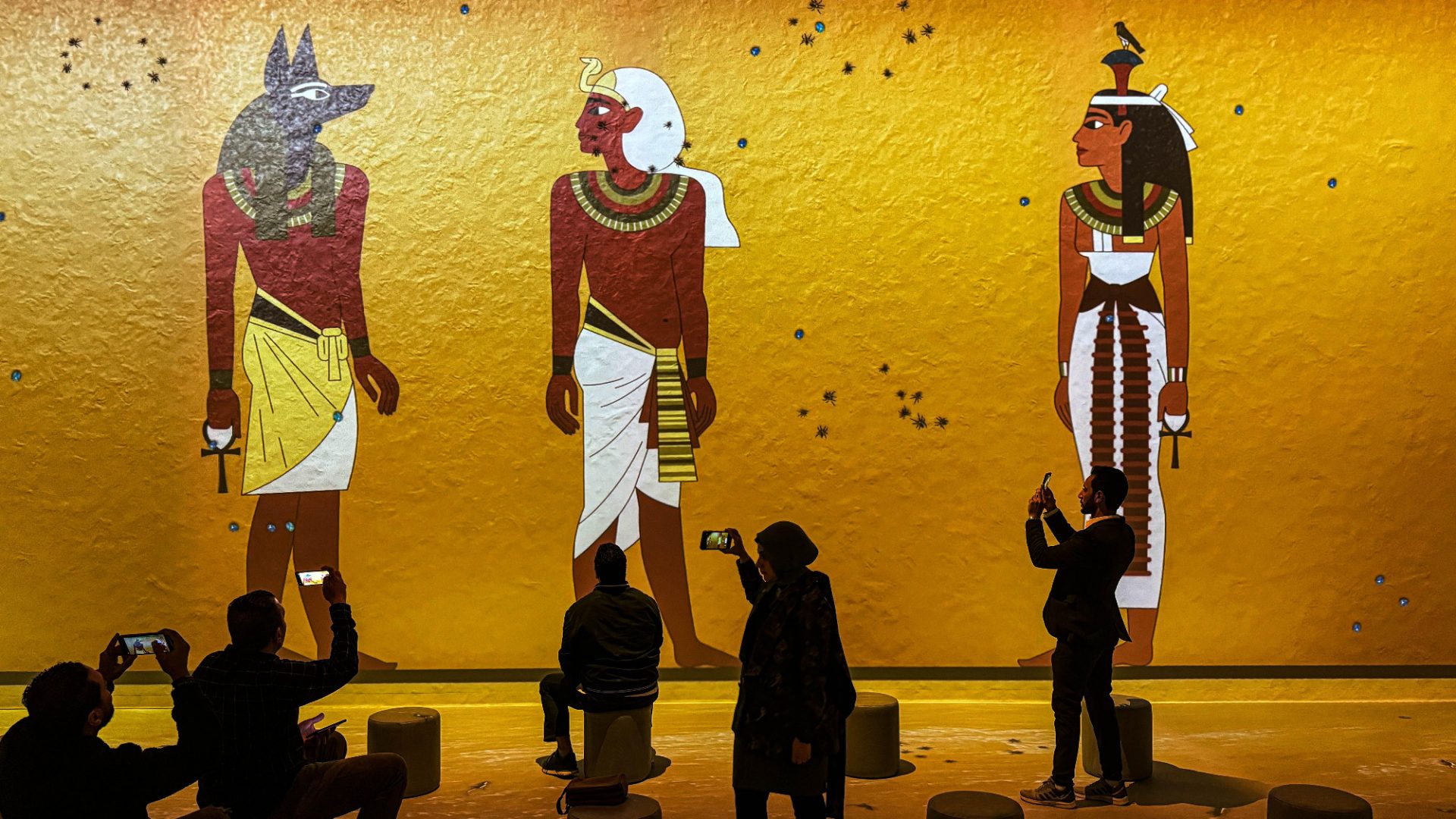It took a decade and £775m to build, but the Grand Egyptian Museum finally opened its doors last month in Giza, Cairo. The results are staggering.
The museum, designed by Dublin-based architects Heneghan Peng, consists of 12 halls and more than 100,000 artefacts, ranging from vast monolithic statues to the remains of mummified crocodiles. It is the largest and most spectacular archaeological museum in the world.
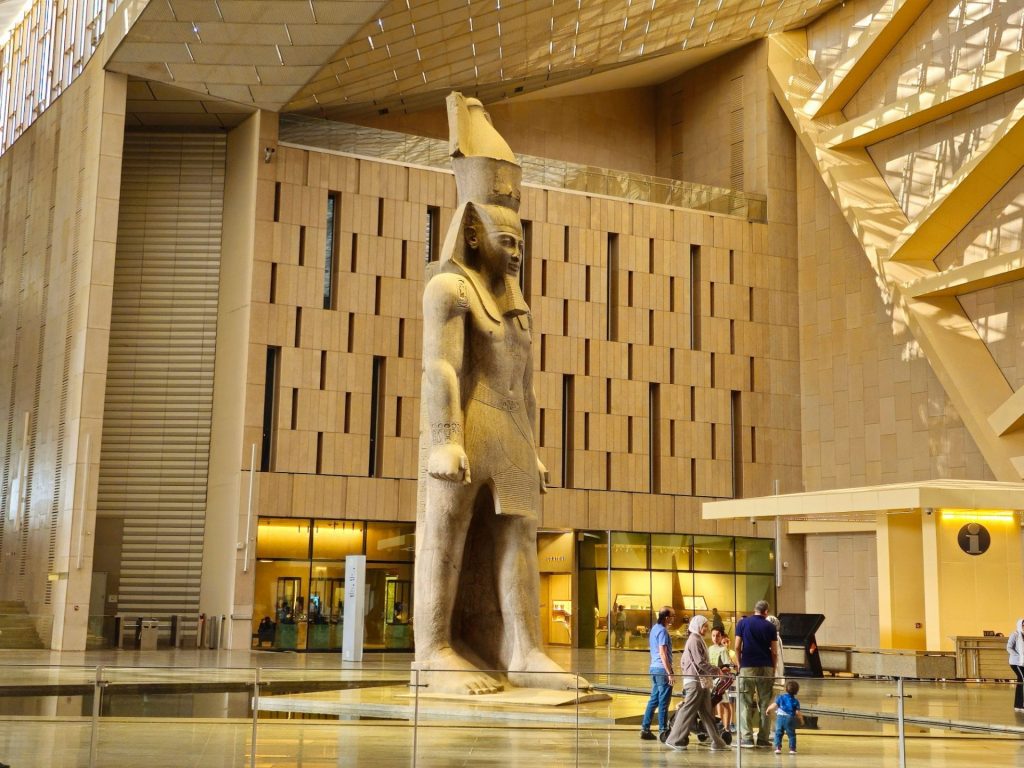
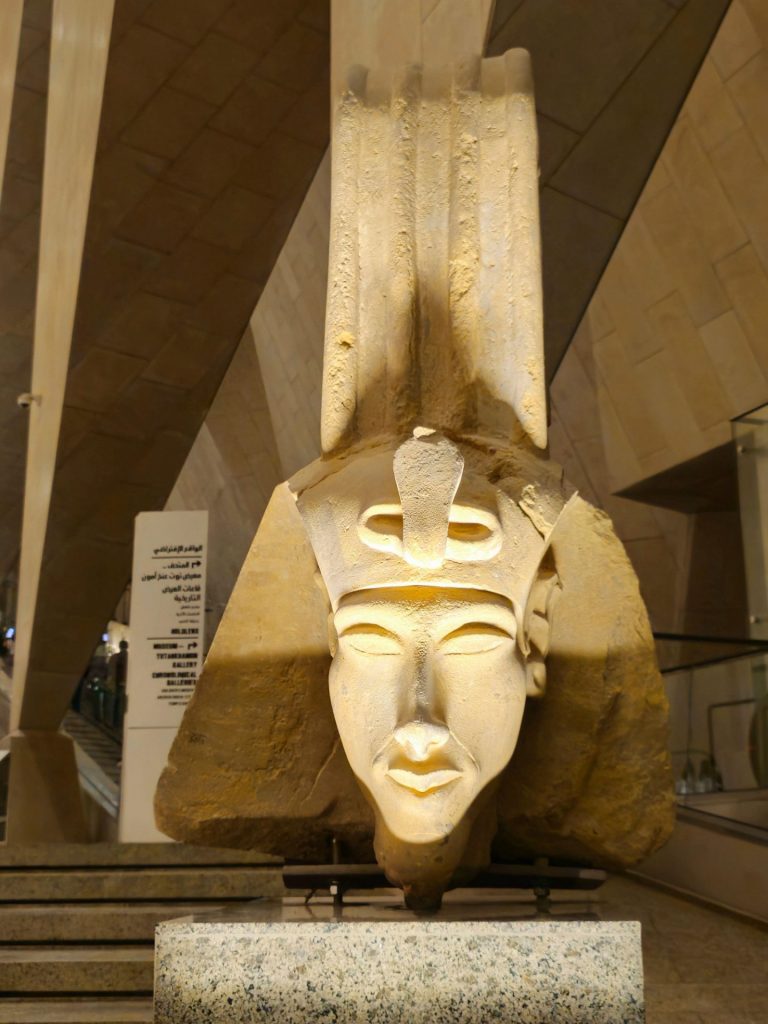
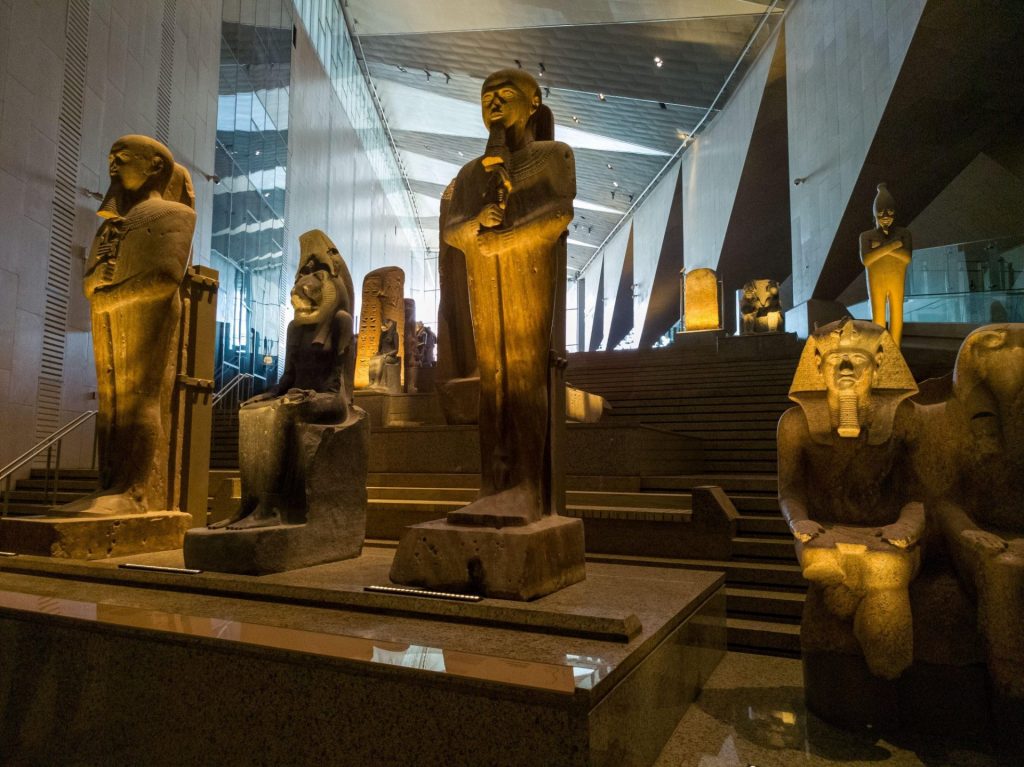
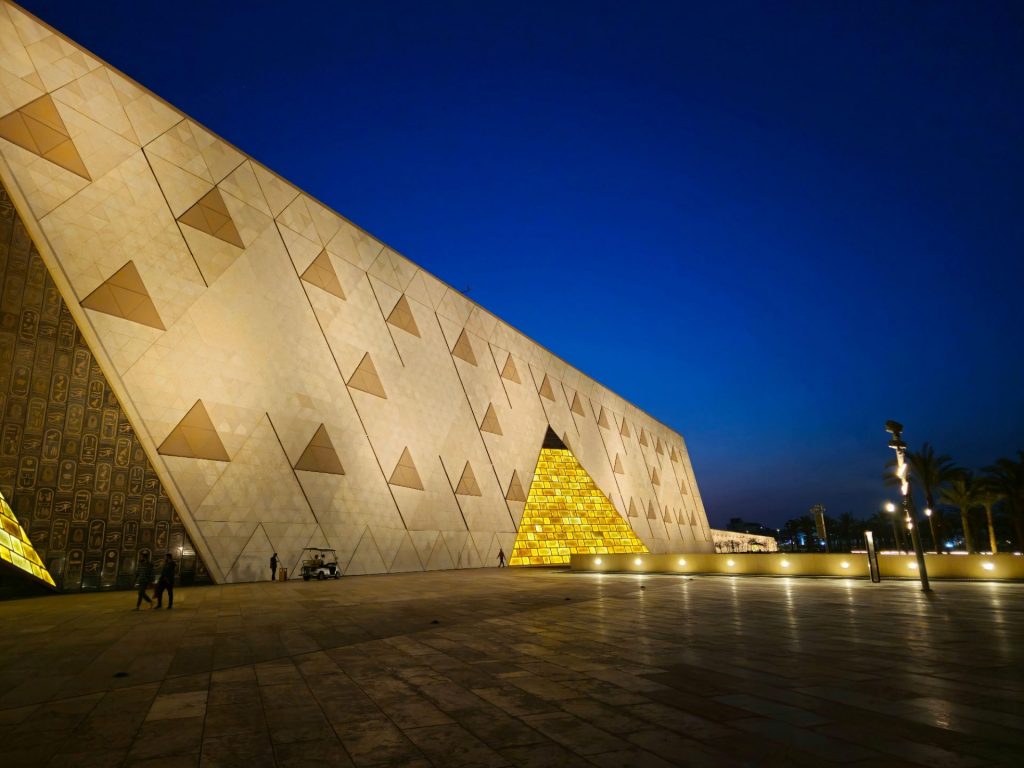
The exhibits cover a vast expanse of time, ranging from the earliest recesses of the Old Kingdom – around 2649 BC – up to the Graeco-Roman era of the 4th century AD. Even though it has so far opened on a limited basis and the Tutankhamun exhibit is still under wraps, the exquisite grandeur of the objects on display makes it clear that it stands as one of the most important museums of our time.
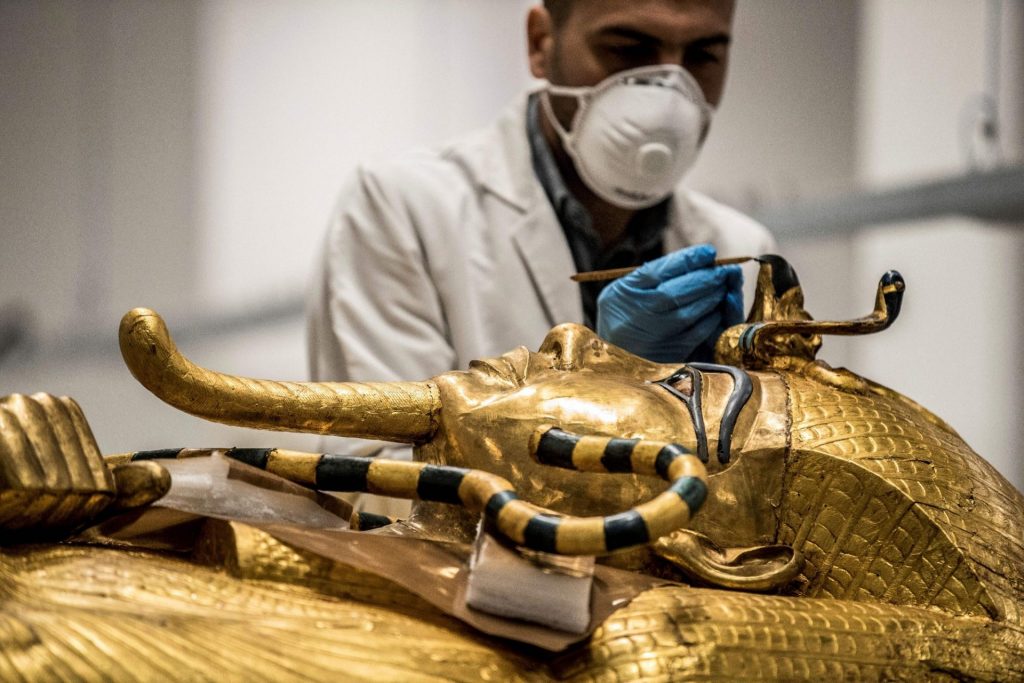
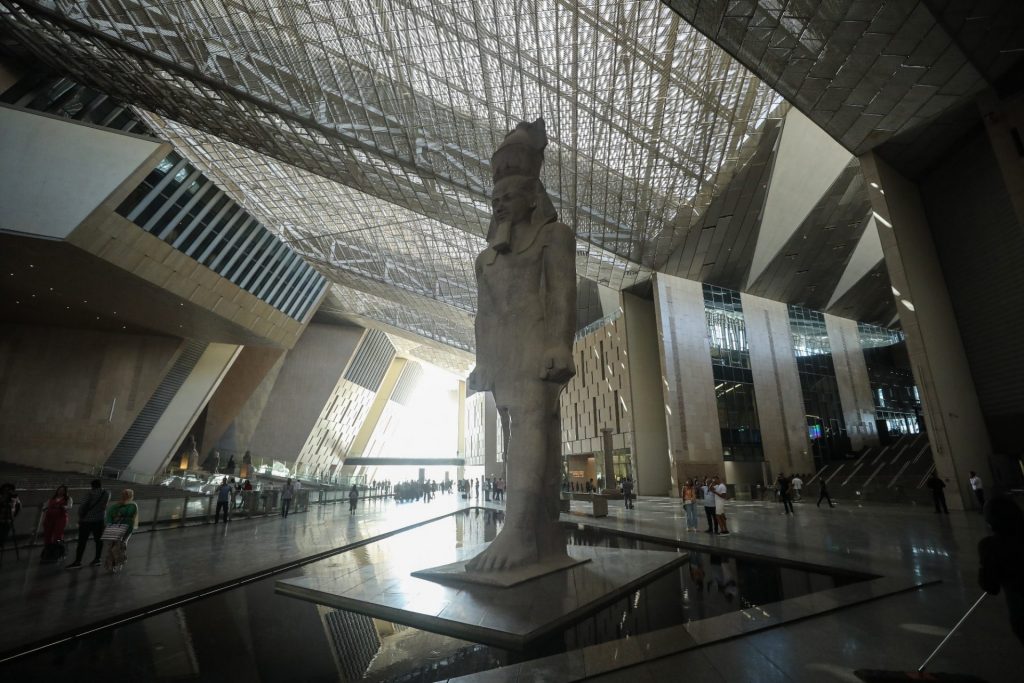
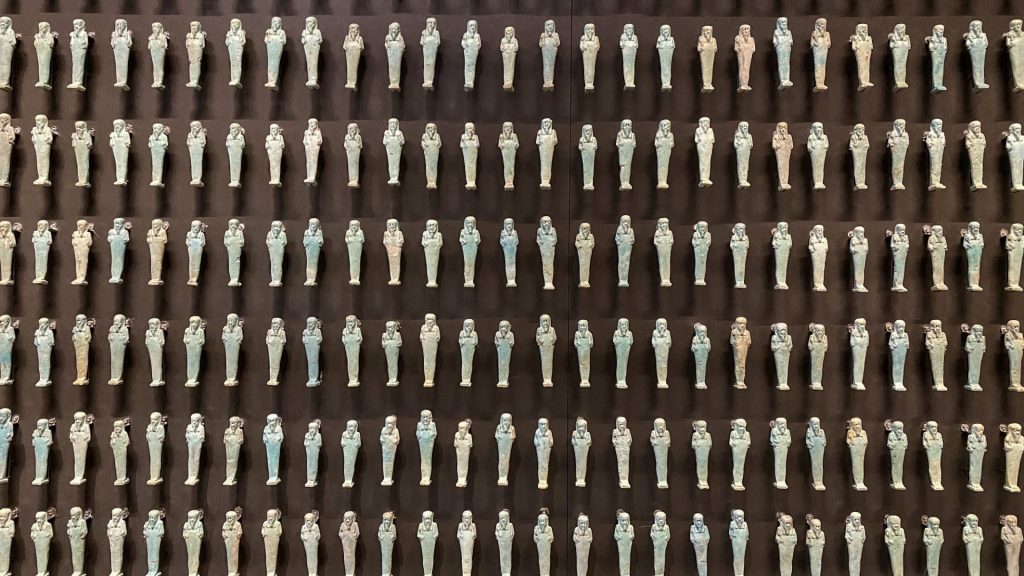
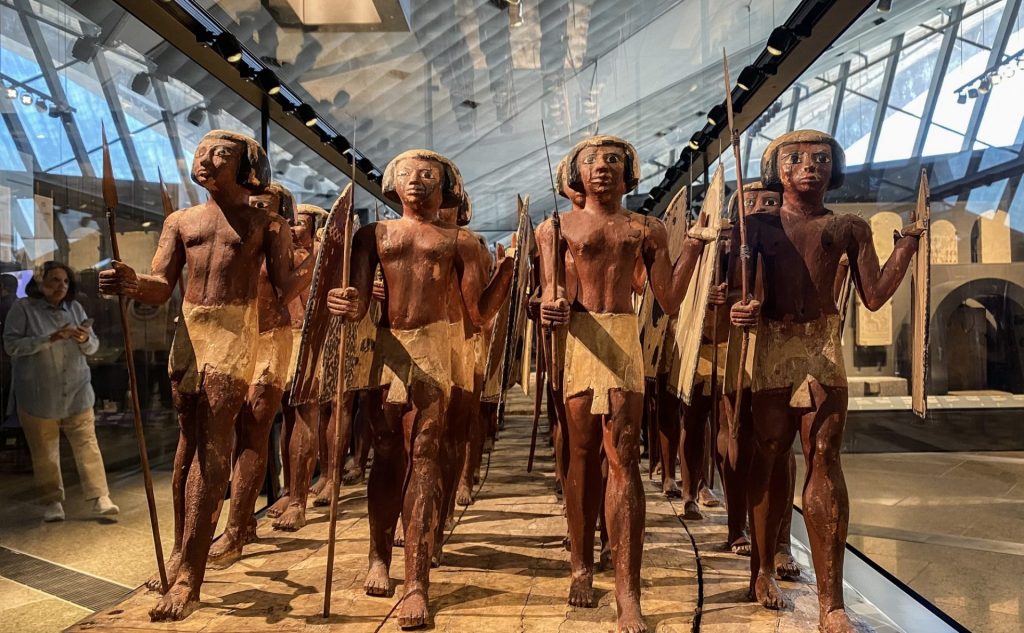
The consequences of Egypt’s civilisation are almost too enormous to contemplate – as are the multiple deep influences that Egypt has had on the development of European culture. Egypt’s influence on language, art and architecture were vast. The earliest manifestations of the western alphabet can be traced back to ancient Egypt, as can the basis of “western” mathematical and logical thought. Euclid, after all, was from Alexandria, where he lived somewhere around the end of Egypt’s Late Period.
The museum at Giza is not only an exhibition showing off the splendours of a civilisation that arose on the banks of the Nile 5,000 years ago. It is also the story of the deepest origins of European civilisation. It is all our stories.

